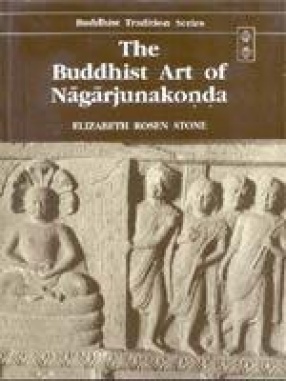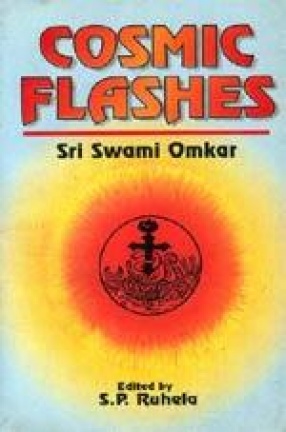Nagarjunakonda is one of the richest sources of Buddhist narrative sculpture discovered in India during the twentieth century. From the time of its initial discovery in 1925, the site underwent several excavations until 1960, when the area was flooded to provide for Nagarjunasagar Dam. In the last years of the excavations, the area was excavated by over 100 trained archaeologists, and over 1,000 field laborers. Although finds from Nagarjunakonda were sporadically published in the archaeological and epigraphical literature, as well as being included in broader studies, The Buddhist Art of Nagarjunakonda is the first book to discuss Nagarjunakonda from the art historical point of view, and establishes the first chronology for the art of Nagarjunakonda. Amongst the most important aspects of Nagarjunakonda as demonstrated in the book, is that it documents significant changes in Buddhism of South India, and provides abundant evidence for the beginnings of the Mahayana faith in that area. Nagarjunakonda further documents the impact of trade with the Western world, at the time when Buddhist narrative sculpture had reached its final phase in South India.
Jashn-e-Khusrau: A Collection
$107.10
$119.00





There are no reviews yet.